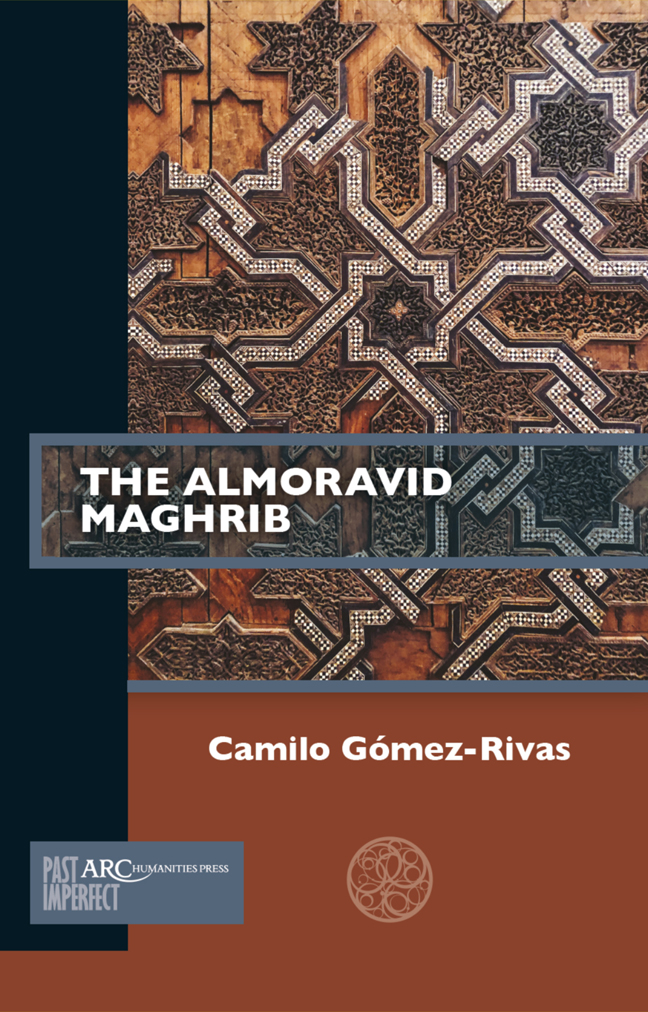Book contents
- Frontmatter
- Contents
- List of Illustrations
- Acknowledgements
- Abbreviations and Note on Language and Dates
- Principal Characters in the Narrative
- Introduction
- Chapter 1 The Preacher
- Chapter 2 The Queen and Her Kings
- Chapter 3 The Deposed
- Chapter 4 The Son
- Chapter 5 The Mahdis
- Chapter 6 The Qadi and the Rebel
- Conclusion
- Time Line
- Glossary of Key Terms
- Further Reading
Chapter 1 - The Preacher
Published online by Cambridge University Press: 20 February 2024
- Frontmatter
- Contents
- List of Illustrations
- Acknowledgements
- Abbreviations and Note on Language and Dates
- Principal Characters in the Narrative
- Introduction
- Chapter 1 The Preacher
- Chapter 2 The Queen and Her Kings
- Chapter 3 The Deposed
- Chapter 4 The Son
- Chapter 5 The Mahdis
- Chapter 6 The Qadi and the Rebel
- Conclusion
- Time Line
- Glossary of Key Terms
- Further Reading
Summary
The rise of the Almoravids can appear as an accident of history, its founding figure mysteriously emerging from the very margins of the known Muslim world, when, in fact, he was part of a longer process of Islamization of the southern Maghrib, the Sahara, and the Sahel, which gradually engaged with dimensions of religious, political, and economic life, at least until his emergence, which can be read as a punctuated episode of rapid development after a gradual build-up.
Ibn Yasin’s Youth
When he was old enough to travel, ʿAbd Allah b. Yasin left his village of Tamamanawt, on the southern edges of the desert, to join a teacher who lived over the mountains in the valley of the Sus. He was sent off with a caravan on the month-long journey to where this teacher of growing regional reputation, Waggag b. Zalwi, had established a school or religious settlement (a ribāṭ known as the Dār al-Murabiṭīn). Ibn Yasin’s family connections in the Sus would make sure he was properly set up and arrange for news to get back by means of the traders who regularly came through; his mother and father, Tin Izamaren and Yasin, had relations who travelled and traded with towns across the great desert and in the valleys of the Sus, the Draʿa, and the Tafilalt, where the caravan city of Sijilmasa was located. Ibn Yasin and his family stood to gain considerable benefit if he developed his aptitude for letters and piety in the way of the faith, which had grown steadily over the years in the village (where some of the old ways still held). Ibn Yasin would go to the Dār al-Murābiṭīn to learn the path of true knowledge and the true religion from shaykh Waggag, and perhaps he would bring some of this knowledge back to teach the others. The journey was long and difficult, and the people and their customs seemed strange to young Ibn Yasin, unlike what he had known in his home in the south. In the Sus, a valley protected by rocky foothills on the northern edges of the Sahara, where sand and stone give way to greener valleys that climb into the snow-capped mountains of the High Atlas, people spoke and dressed differently. But Ibn Yasin would adapt and learn and come to know of places, even further east and north, where students pursued the same path.
- Type
- Chapter
- Information
- The Almoravid Maghrib , pp. 7 - 26Publisher: Amsterdam University PressPrint publication year: 2023

